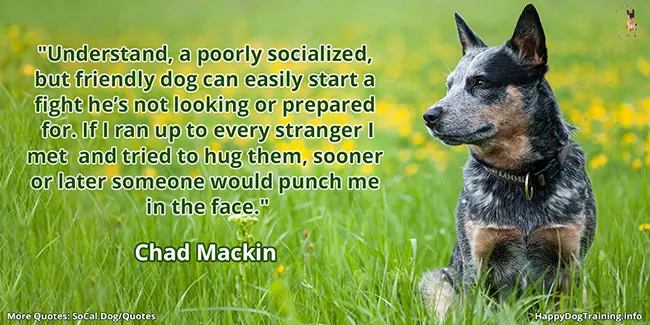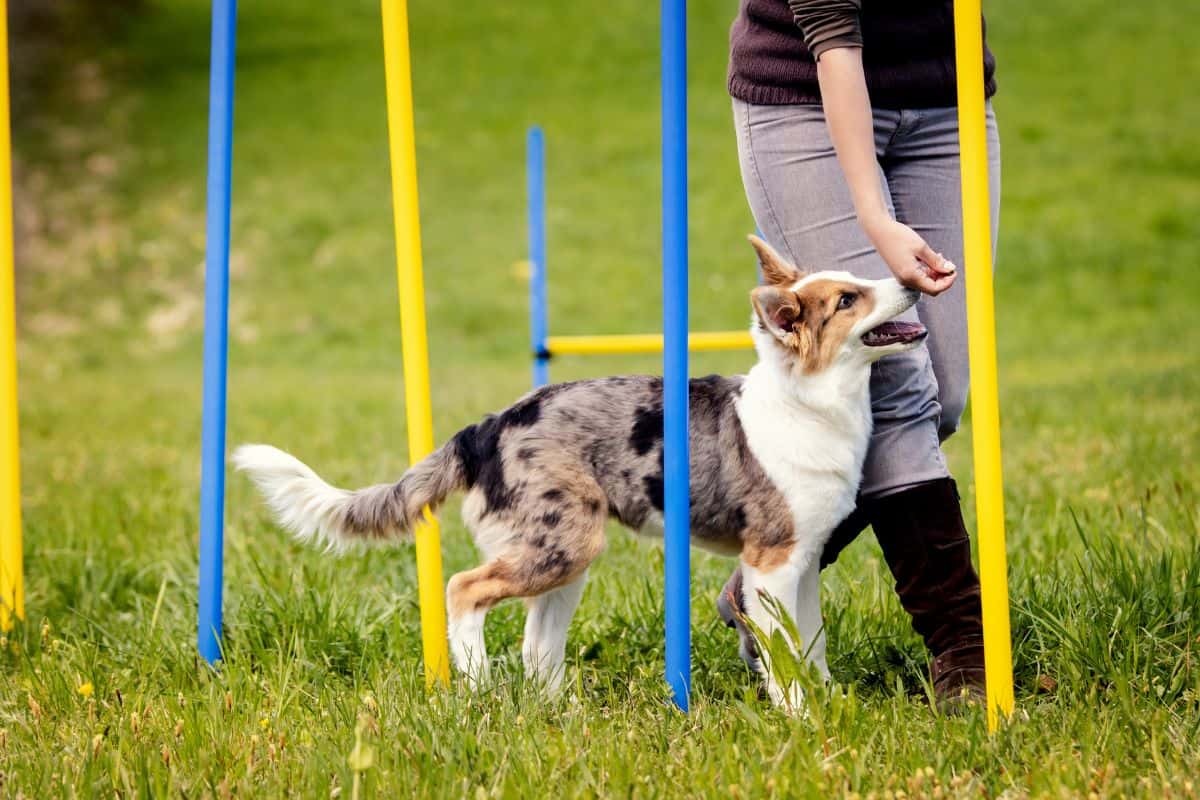The Ultimate Guide to Pet Dog Training: Structure a Delighted, Loyal Pet Dog
Efficient pet dog training is a diverse process that hinges on a deep understanding of canine behavior and the application of tested methods. By accepting positive reinforcement and regular command usage, family pet proprietors can cultivate not only obedience however likewise a solid, relying on connection with their pet dogs.

Comprehending Canine Actions
Exactly how does a canine's actions reflect its emotional and psychological state? A canine's activities can function as a home window into its sensations, requirements, and total emotional wellness. A wagging tail generally signifies joy and exhilaration, while a lowered tail might show anxiety or submission. Likewise, articulations such as barking or yawping can interact a selection of emotions, from delight to distress.
Body language also plays an essential function in understanding canine actions. A relaxed position and open mouth signal comfort, whereas strained muscle mass and pinned ears may suggest stress and anxiety or hostility. Observing these signals is crucial for identifying the origin of a dog's actions, whether it originates from irritation, excitement, or worry.
Additionally, a dog's communication with its atmosphere and other animals can offer insight into its emotion. For example, a pet that involves happily with various other pets is most likely feeling secure and social, while one that exhibits avoidance or aggression may be experiencing anxiety or insecurity. Recognizing these behavior cues is essential for cultivating a solid connection between the proprietor and the pet, ultimately contributing to the canine's psychological health and wellness and health.
Vital Training Strategies
Efficient pet training methods are essential for promoting preferable habits and reinforcing the bond between a pet dog and its owner. Making use of positive reinforcement is just one of one of the most effective techniques, where incentives such as deals with, appreciation, or playtime are provided to strengthen preferred actions (Dog training). This encourages the pet dog to duplicate those behaviors, producing a favorable learning atmosphere
Uniformity is one more crucial component in canine training. Commands ought to be clear and consistent, and all family participants must use the same policies to stay clear of perplexing the dog. Timing is similarly vital; rewards should be provided quickly after the wanted actions to establish a clear connection between the incentive and the action.
Furthermore, short and engaging training sessions work, as dogs have varying attention spans. Go for sessions of 5 to 15 minutes, depending upon the pet dog's age and power degree. Including play right into training can likewise improve motivation and satisfaction for both the pet and the proprietor.
Finally, persistence is crucial. Dogs learn at their very own rate, and keeping a tranquil disposition will help alleviate aggravation, making sure a favorable training experience. These vital methods lay the groundwork for successful pet training and an unified partnership.
Fundamental Commands to Show

When teaching these commands,Uniformity and positive support are key. Use deals with, praise, and play to reward your pet's successes. Short, frequent training sessions are a lot more reliable than long, irregular ones. By instilling these standard commands, owners furnish their pet dogs with the abilities necessary for a well-behaved and unified connection.
Dealing With Typical Behavioral Problems
Recognizing and resolving common behavior concerns in dogs is important for cultivating an unified relationship between pets and their proprietors. Numerous canines display habits such as excessive barking, chewing, or aggression, which can come from anxiety, monotony, or lack of correct training. Identifying the root reason of these behaviors is the initial step toward reliable treatment.
As an example, too much barking may suggest a requirement for attention or a reaction to ecological stimuli. In such situations, proprietors ought to examine the pet dog's setting and provide ample mental excitement, such as interactive playthings or regular workout. Chewing can often be dog bite training taken care of by redirecting the behavior to ideal chew items and making certain that the canine has enough physical activity to lower dullness.
Hostile actions calls for cautious handling and may demand specialist training aid. It's vital to recognize that punishment can worsen anxiousness and aggression, bring about a cycle of behavioral concerns. Instead, emphasis on favorable reinforcement techniques to reward preferable habits and strengthen a complacency.
Building a Positive Training Atmosphere
Producing a favorable training atmosphere is basic for strengthening preferable habits in pet dogs and minimizing behavior concerns. This environment ought to be characterized by consistency, inspiration, and a clear understanding of the training goals. By establishing a regular, canines discover what is expected of them, which helps in reducing anxiousness and confusion.
Utilizing positive reinforcement techniques, such as treats, praise, and play, cultivates a feeling of safety and security and inspiration in the pet dog. Rewarding good actions instantly and regularly reinforces the desired activities, making the training process a lot more efficient - dog training near me. In addition, trainers should remain individual and calm, as canines are delicate to their trainers' emotions
The training room should be devoid of interruptions to ensure the canine can concentrate on the tasks at hand. Take into consideration making use of a peaceful area or a protected outside area. Additionally, integrating play and socializing right into training sessions promotes an all-round approach, enhancing the dog's knowing experience.
Inevitably, a positive training environment nurtures a solid bond in between the canine and trainer, causing a loyal, happy pet dog. By prioritizing this environment, pet dog owners can efficiently address behavior obstacles and grow a successful training journey.
Conclusion
Reliable canine training depends on a detailed cane course dog understanding of canine behavior and the application of positive reinforcement techniques. Taking on these concepts makes sure a satisfying training experience for both dogs and their proprietors.
Effective canine training is a multifaceted process that pivots on a deep understanding of canine actions and the application of proven methods. A canine that engages playfully with other pet dogs is most likely sensation safe and social, while one that exhibits evasion or aggression might be experiencing anxiety or insecurity.Reliable canine training strategies are crucial for promoting desirable behaviors and enhancing the bond in between therapy dog training cost a pet and its owner.Producing a favorable training setting is basic for strengthening desirable habits in pet dogs and alleviating behavioral concerns.Effective dog training counts on an extensive understanding of canine habits and the application of positive support methods.